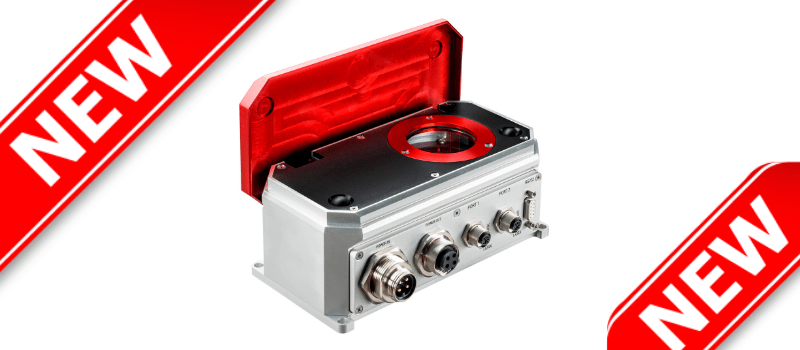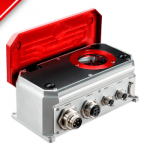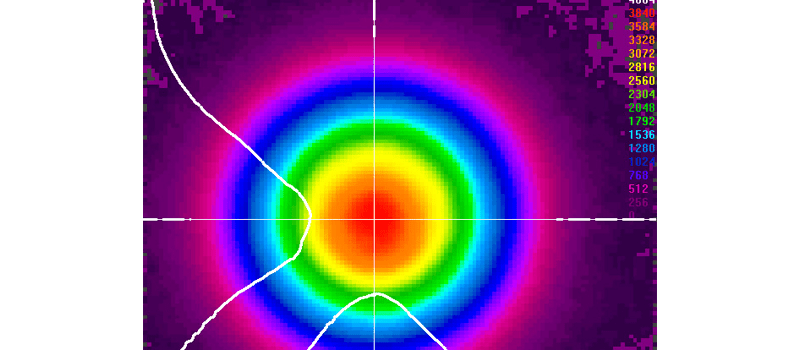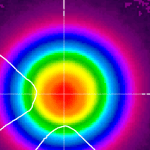Sensor fusion is a concept that merges – or fuses – data from various sensors to create a more complete understanding of a laser’s performance.
It’s particularly important in additive manufacturing using laser powder bed fusion, a 3D printing process that makes metal parts.
Metal powder is subjected to powerful laser beams, creating solid layers until an entire part is produced.
It’s no surprise that consistent delivery of energy is needed to transform the powder.
The power density distribution of the laser beam must be symmetrical, uniform, and stable, while the beam spot size and intensity are maintained within a finite acceptance window.
In other words, the power density of the laser must be just right – not too hot and not too cold – to ensure a successful build.
How do you know that a laser delivers exactly what’s needed for laser powder bed fusion?
Your answer is in hybrid measuring systems which use multiple sensors to measure laser power and energy data combined with laser beam dimensions and profile.
Collectively, the data offers unparalleled levels of insight into metal powder bed fusion processes.
Innovative devices such as Ophir’s BeamWatch and the Beam Peek offer comprehensive analysis for laser power bed fusion.
BeamWatch’s non-contact beam profiling system uses Rayleigh scatter to measure high power lasers. And the BeamPeek measures the laser’s focal spot size, power, and power density at the build plane.
Together, they provide calibrated beam profile and power data at the working plane. They establish norms and pass/fail tests, alerting you when laser parameters fall outside of performance standards.
To read more about how hybrid systems provide insight into laser powered AM process, check out our pdf.












Leave a Reply
Your email address will not be published. Required fields are marked *